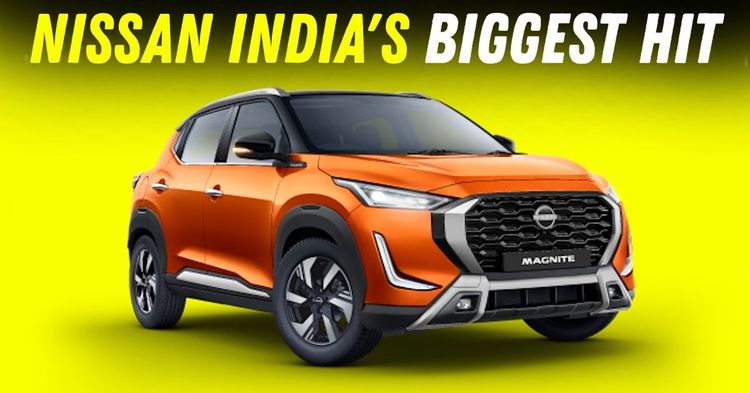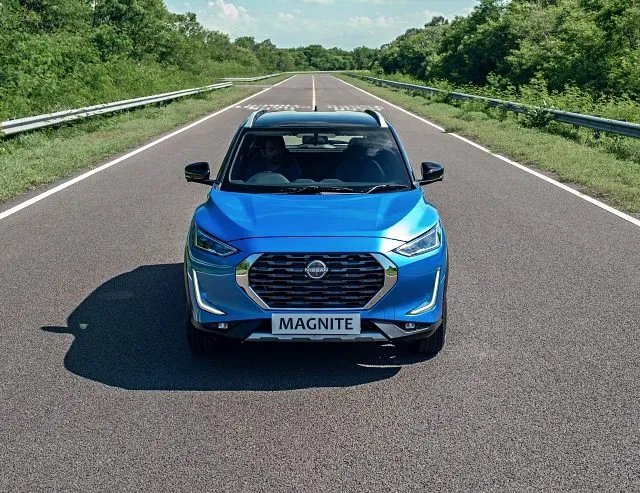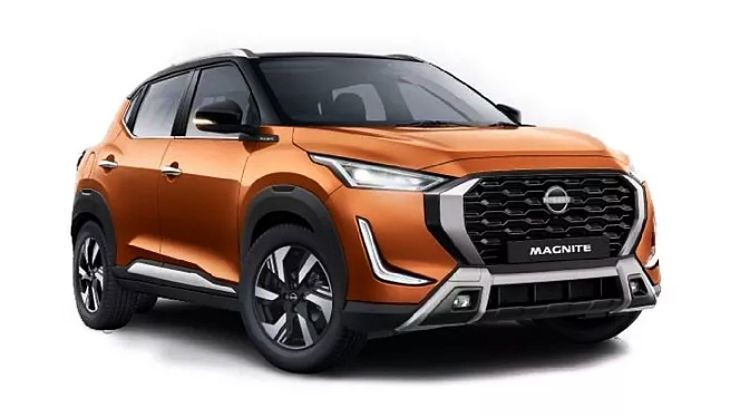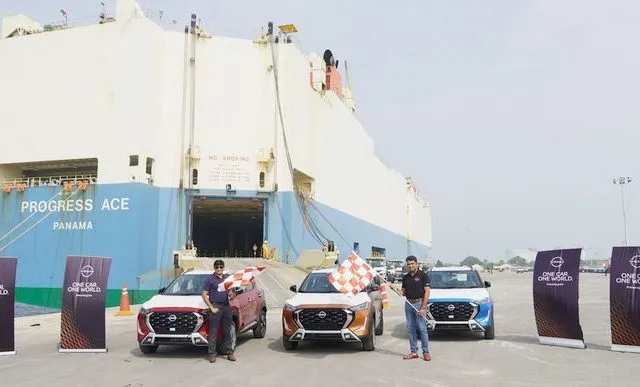Nissan Magnite Hits 2 Lakh Milestone: Make-Or-Break Car Has Delivered Big!


The Nissan Magnite has just crossed a significant milestone; 2 lakh units sold since its launch in late 2020. For a brand that had been struggling to stay relevant in the mass-market segment, the success of the Magnite is more than just a sales figure. It represents a turning point in Nissan’s strategy and its efforts to remain visible in an increasingly competitive compact SUV space.

When the Magnite was launched, Nissan’s India operations were under pressure. Sales had dwindled, the product line-up was thin, and the brand’s visibility in showrooms had taken a hit. The Magnite was introduced at a time when many assumed the company might pull back from the market altogether. But rather than exiting, Nissan bet on one aggressively priced product with the potential to shake up the segment, and that gamble paid off.
The Magnite’s sharp starting price, well under ₹5.5 lakh at launch, undercut nearly all rivals. Buyers were offered features like a turbo petrol engine, touchscreen infotainment with wireless connectivity, and 360-degree camera support at a price typically reserved for lower-end hatchbacks. It was a bold move, and the market responded positively. Within months, the Magnite had garnered over 50,000 bookings. That momentum has been sustained enough to cross the 2 lakh cumulative sales mark in less than four years.

What keeps the Magnite relevant even today is its value-to-price equation. While other compact SUVs have moved upmarket with more powerful engines, more features, and higher prices, the Magnite has stayed close to its original brief: to deliver maximum bang for the buck. It may not have the road presence of a Nexon or the polish of a Hyundai Venue, but for those looking for a practical city SUV with occasional highway capability, it still offers a compelling package.
The 1.0-litre naturally aspirated and turbocharged petrol engines provide adequate performance for the segment. The CVT variant, in particular, has found favour among city commuters. Build quality is decent, if not class-leading, and the compact footprint makes it well-suited for urban use.
Where it lags slightly is in areas such as cabin refinement and suspension composure on bad roads, something that continues to be pointed out by users on enthusiast forums. But at its price point, the criticism is usually tempered by the realisation that compromises are inevitable.

Beyond domestic sales, Nissan has also found considerable success exporting the Magnite to over 15 global markets including South Africa, Indonesia, and several Middle Eastern countries.
The Chennai plant serves as the production hub for these markets, giving the model a longer runway than many had initially expected. Export volumes have contributed significantly to the overall 2 lakh tally, though the company has not specified the domestic-export split.
This strategy has not only helped boost plant utilisation but has also added credibility to the Magnite as a global product rather than one built solely to cater to emerging market cost sensitivities.
The success of the Magnite has helped buy Nissan time. But it cannot be the only product holding up the entire passenger car portfolio in a market as large and dynamic as this. With partners Renault already refreshing their offerings and planning new EVs, Nissan will be expected to follow suit. There is talk of a new SUV being co-developed on the CMF-B platform, but timelines remain vague.
Until then, the Magnite will continue to play the role of both a breadwinner and a brand-builder. The milestone of 2 lakh units is worth celebrating, but what Nissan does next will determine whether this success remains an exception or becomes a springboard for revival.